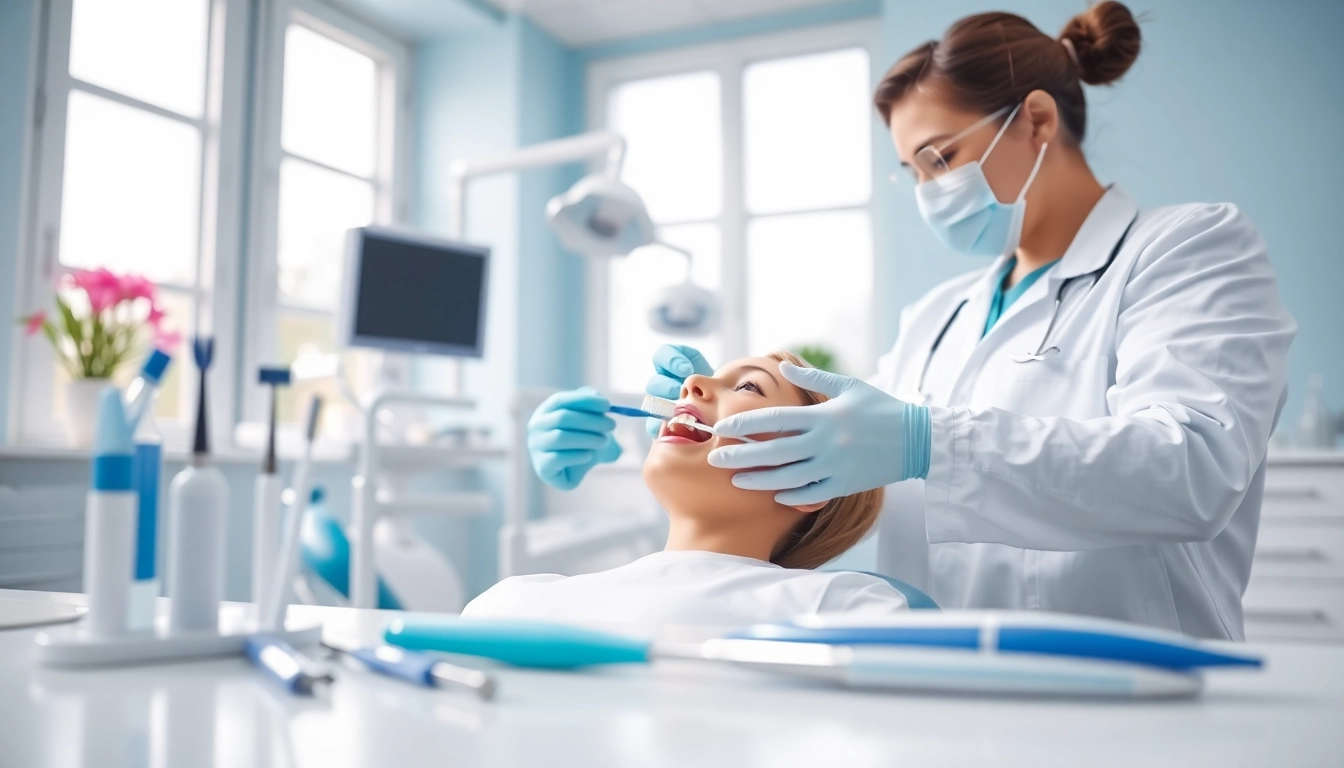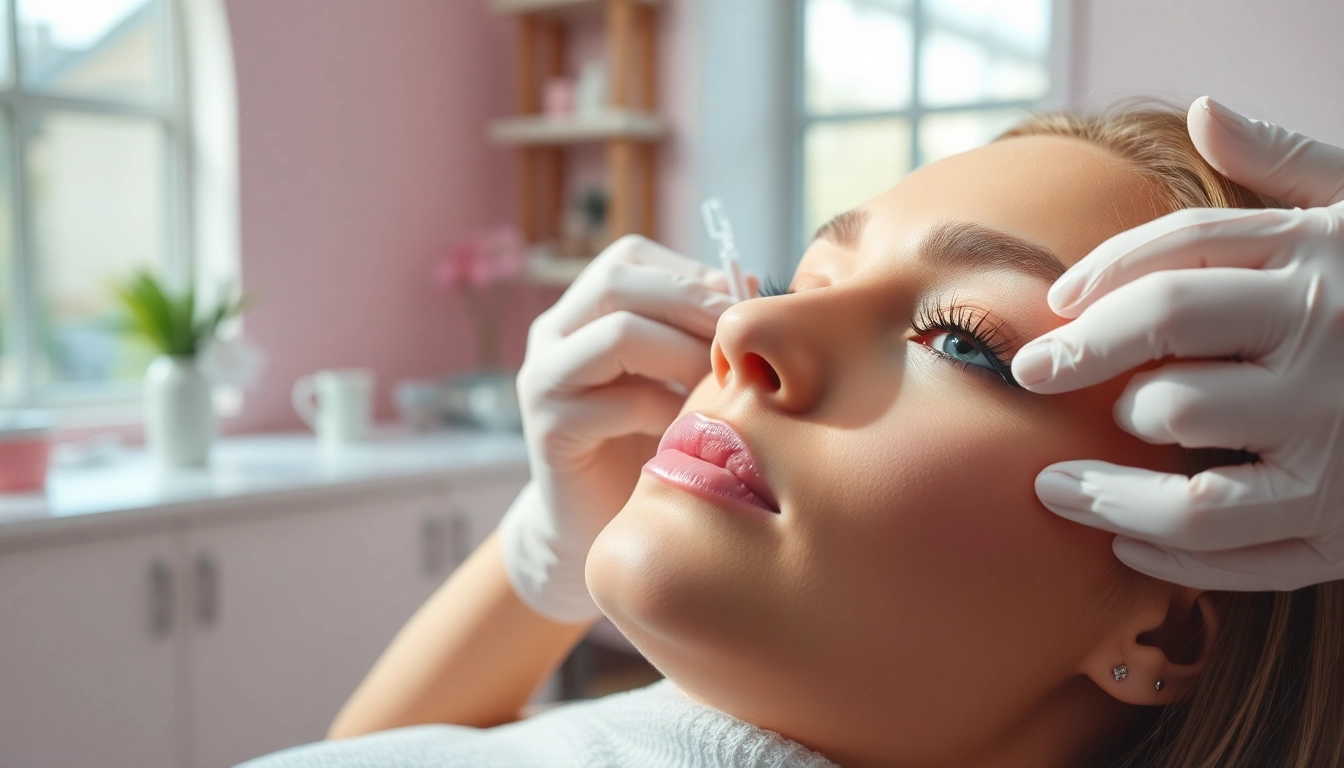Understanding the Importance of Hygiene
In a world increasingly aware of health and wellness, the concept of hygiene has taken center stage. Hygiene encompasses practices and conditions that maintain health and prevent disease, particularly through cleanliness. These practices are not merely personal choices; they play a significant role in public health, affecting communities and societies on a broader scale. The importance of hygiene extends from individual practices to global health initiatives, and understanding its implications is crucial for a healthier lifestyle.
Definition and Types of Hygiene
Hygiene is often defined as the science of health maintenance and disease prevention through clean living conditions. The term originates from the Greek word “hygieinos,” meaning “health.” Hygiene comprises various types, including:
- Personal Hygiene: Refers to individual care practices such as bathing, handwashing, and oral hygiene.
- Environmental Hygiene: Focuses on the cleanliness of living and working environments to reduce disease transmission.
- Food Hygiene: Involves practices that ensure the safety of food from preparation to consumption.
- Occupational Hygiene: Aims to protect workers from health risks that arise in their environments.
Each of these categories plays a unique role in health and well-being, contributing to a comprehensive understanding of hygiene as a fundamental aspect of public health.
Historical Context and Evolution of Hygiene Practices
The history of hygiene dates back thousands of years, with ancient civilizations recognizing the link between cleanliness and health. In ancient Egypt, bathing was a ritualistic practice, while the Greeks emphasized the importance of personal cleanliness. The Middle Ages, however, saw a decline in hygiene practices, largely due to the association of bathing with disease. It wasn’t until the Renaissance that attitudes began to shift once again.
The development of germ theory in the late 19th century brought about revolutionary changes in hygiene practices. Scientists like Louis Pasteur and Robert Koch demonstrated the importance of microorganisms in disease transmission, leading to preventive measures such as sterilization and sanitation. Today, hygiene practices continue to evolve with advancements in medical knowledge and societal norms.
Hygiene’s Impact on Health and Well-Being
Maintaining good hygiene has profound effects on individual and community health. Good personal hygiene reduces the transmission of infectious diseases, enhances mental well-being, and promotes social interactions. A clean environment contributes to better health outcomes, particularly in vulnerable populations such as children and the elderly. In public health contexts, hygiene education and practices can drastically reduce the incidence of diseases like cholera and COVID-19.
Conversely, poor hygiene can lead to an increase in health issues, ranging from minor ailments to severe diseases. For example, lack of handwashing is a leading cause of gastrointestinal and respiratory infections. Therefore, investing in hygiene education and practices is essential for improved health outcomes.
Daily Hygiene Habits for Personal Health
Essential Personal Hygiene Routines
Establishing daily hygiene routines is fundamental in maintaining personal health. Essential routines include:
- Regular Bathing: Regular showers or baths are crucial for removing dirt and bacteria from the skin.
- Oral Hygiene: Brushing teeth at least twice a day, along with flossing, helps prevent dental problems and bad breath.
- Hand Hygiene: Frequent handwashing, especially before meals and after using the restroom, is essential to prevent the spread of germs.
- Nail Care: Keeping fingernails trimmed and clean can prevent the accumulation of dirt and bacteria.
Developing these habits from a young age fosters good hygiene practices that can lead to healthier adults.
Hand Hygiene: Techniques and Importance
Hand hygiene is one of the most effective ways to prevent disease transmission. The World Health Organization (WHO) recommends the following techniques for proper handwashing:
- Wet hands with clean, running water (warm or cold).
- Apply soap and lather by rubbing hands together.
- Scrub all parts of the hands, including backs, between fingers, and under nails, for at least 20 seconds.
- Rinse hands well under clean, running water.
- Dry hands using a clean towel or air dry them.
Proper hand hygiene can reduce the risk of respiratory diseases by about 16% and gastrointestinal illnesses by 31%. In public health settings, this practice is vital for reducing outbreaks, showing that effective hand hygiene education is essential.
Oral Hygiene Practices for Lifelong Health
Oral hygiene is critical not just for dental health but for overall well-being. Neglecting oral hygiene can lead to dental caries, periodontal disease, and even systemic conditions like heart disease. Key practices include:
- Brushing: Use fluoride toothpaste and brush at least twice daily.
- Flossing: Floss daily to remove plaque between teeth that a toothbrush cannot reach.
- Regular Dental Check-Ups: Visit a dentist every six months for professional cleanings and check-ups.
Building a strong oral hygiene routine helps ensure not only healthy teeth and gums but contributes to greater overall health.
Hygiene in Public Spaces
Maintaining Hygiene Standards in Community Settings
Public spaces pose a unique challenge in maintaining hygiene due to high foot traffic and communal use. Authorities and organizations must prioritize cleanliness in places like schools, hospitals, and public transport. Comprehensive cleaning protocols, such as frequent disinfection of surfaces and availability of hand sanitizers, are essential.
For example, schools can establish hygiene committees tasked with promoting good practices among students and staff. Effective communication regarding hygiene standards and practices is vital for ensuring compliance and awareness among the populace, especially in times of crises.
Hygiene During Public Health Crises
Crises such as pandemics highlight the importance of hygiene in preventing the spread of diseases. During the COVID-19 pandemic, guidance for hygiene practices underwent significant media attention as organizations worldwide urged the mass adoption of handwashing and mask-wearing. This transformative period showcased how quickly societies can adapt hygiene practices.
Communicable diseases like influenza emphasize the necessity of maintaining hygiene protocols during flu seasons. Enhanced cleaning measures in public transportation, regular health screenings, and clear communication about hygiene standards are paramount during health crises.
Innovations in Public Health Hygiene Practices
The advancement of technology has fostered innovation in hygiene practices, enhancing public health outcomes. Technologies like UV disinfecting systems and antimicrobial surface coatings are increasingly employed in hospitals and public facilities to combat pathogens. Smart hygiene stations equipped with automated soap dispensers and hand sanitizers offer a touch-free experience, encouraging more individuals to maintain hygiene standards.
Furthermore, mobile applications that promote hygiene education and reminders can play a pivotal role in sustaining hygiene habits before and after crises. Engaging communities in hygiene awareness campaigns using social media platforms can foster better hygiene practices among younger populations, emphasizing the importance of technology in public health efforts.
Hygiene Education and Awareness
Importance of Hygiene Education in Schools
Educating children about hygiene from an early age can profoundly influence their health outcomes in adulthood. Schools serve as a primary setting for hygiene education, where children can learn about handwashing, dental hygiene, and general cleanliness. Implementing regular workshops or activities that promote hygiene fosters a culture of health awareness.
Curriculum integration of hygiene topics helps raise awareness and makes students more responsible for their health and hygiene. Such initiatives not only improve students’ health but also teach them to value hygiene as an essential part of their daily lives.
Community Programs that Promote Hygiene Practices
Community programs play a critical role in promoting hygiene practices. Initiatives such as free health screenings, distribution of hygiene kits, and educational workshops increase accessibility and awareness of hygiene importance. Local partnerships with health organizations, schools, and community leaders can facilitate the effective delivery of these programs.
For example, community-based demonstrations of handwashing techniques have been shown to significantly improve hygiene practices. Empowering communities to take control of their hygiene needs fosters a sense of ownership and engagement, which is fundamental for long-lasting change.
Leveraging Technology for Hygiene Awareness
In an increasingly digital world, technology can be leveraged to spread hygiene awareness and education effectively. Utilization of social media platforms for health campaigns, mobile applications that remind individuals of hygiene practices, and virtual workshops can reach diverse audiences and lead to increased compliance with hygiene recommendations.
Moreover, interactive online resources detailing hygiene practices can encourage individuals to engage in discussions about hygiene within their communities, further embedding hygiene as a communal norm.
Measuring the Impact of Hygiene on Health Outcomes
Assessing Hygiene Practices and Their Effectiveness
Measuring the impact of hygiene interventions on health outcomes is essential for understanding their effectiveness. Surveillance systems can monitor disease incidence and prevalence in relation to hygiene practices. Surveys and questionnaires can gather data on compliance with hygiene guidelines, helping to identify areas needing improvement and further educational efforts.
Qualitative research can be employed to explore the perceptions and attitudes of individuals towards hygiene practices, uncovering barriers to adherence and informing targeted interventions.
Case Studies on Hygiene and Disease Prevention
Numerous case studies illustrate the correlation between hygiene practices and health outcomes. For example, a study conducted in low-income communities demonstrated significant reductions in diarrhea incidence through the implementation of handwashing campaigns. Moreover, research has shown that schools implementing comprehensive oral hygiene programs saw reduced rates of dental caries among students.
These examples highlight how targeted hygiene interventions can lead to substantial public health benefits. Documenting these case studies is vital to reinforce the importance of hygiene and provide a framework for future public health initiatives.
Future Trends in Hygiene and Public Health
Looking ahead, several trends are shaping the future of hygiene and its role in public health. Increased attention on mental health suggests that cleanliness and personal care can positively affect mental well-being, prompting further integration of hygiene education into mental health awareness campaigns.
Additionally, innovations in biotechnology are likely to enhance personal hygiene products, offering increased efficacy in preventing infections. As societies adapt to new challenges, such as climate change, the emphasis on environmental hygiene will become more crucial in maintaining health.
Overall, the future of hygiene is intertwined with advancements in technology, community engagement, and public policy, emphasizing the need for continuous evolution in approaches towards hygiene.



